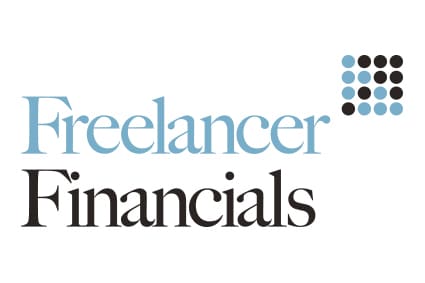Getting your hands on the company’s assets once it is no more
In the good old days before 1st March 2012, contractors wishing to wind up their company and distribute the remaining assets, usually cash, could treat such distributions as capital by virtue of Extra-Statutory Concession (ESC) C16 provided that the following assurances were given:
The company:
- does not intend to trade or carry on business in the future; and
- intends to collect its debts, pay off its creditors and distribute any balance of its assets to its shareholders (or already has done so); and
- intends to seek or accept striking off and dissolution.
The company and its shareholders agree that:
- they will supply such information as is necessary to determine, and will pay, any corporation tax liability on income or capital gains; and
- the shareholders will pay any capital gains tax liability (or corporation tax in the case of a corporate shareholder) in respect of any amount distributed to them in cash or otherwise as if the distributions had been made during a winding-up.
ESC C16 however was placed on a statutory footing and replaced by legislation, Statutory Instrument 2012/266, regulation 18. Although the legislation broadly follows the old concession it imposes a £25,000 limit that can be distributed as capital. Where a distribution exceeds this limit the whole amount is treated as income, i.e. a dividend.
Where a distribution is made up of either a single distribution or as a series of distributions which total more than £25,000, then all of the income will be classed as a dividend.
However, where assets are in excess of £25,000 capital treatment can still be achieved but a formal liquidation is required. Although a formal liquidation can secure capital treatment it does come at a cost. Current costs for a small solvent company with a single shareholder and asset, e.g. bank account, are between £4000 – £5000.
Should the costs of appointing an insolvency practitioner be off putting then another way of achieving part capital treatment is to run down the value of the balance sheet assets to the magic £25,000 limit. Where it is feasible to do so, pre-dissolution dividends could be made although there is no guarantee that this will successfully get around the rules contained in s.103A Corporation Tax Act 2010. These apply to distributions in respect of share capital in circumstances where the company has made or intends to make an application for striking off. A dividend strip after the trade has ceased and just prior to a striking off application could therefore be regarded as a distribution which is caught by these rules. Such dividend drawdowns should therefore be made whilst the company is still operational.
Opting for capital treatment will only be relevant where an individual wishes to have the final distribution subjected to Capital Gains Tax, particularly where they are able to claim Entrepreneurs Relief and have the gain taxed at 10% after deducting the annual tax free allowance of £11,100. Where however the person has little other income and dividend income will not expose them to higher rate tax, then there would be no point in pursuing capital treatment as the final distribution will not give rise to any liability to tax.





I would also reduce the company assets by making pension fund payments to the company share holders – up to the annual and carry forward limits